Swing Out Sister / The SDE Interview
Corinne Drewery and Andy Connell on the new box set
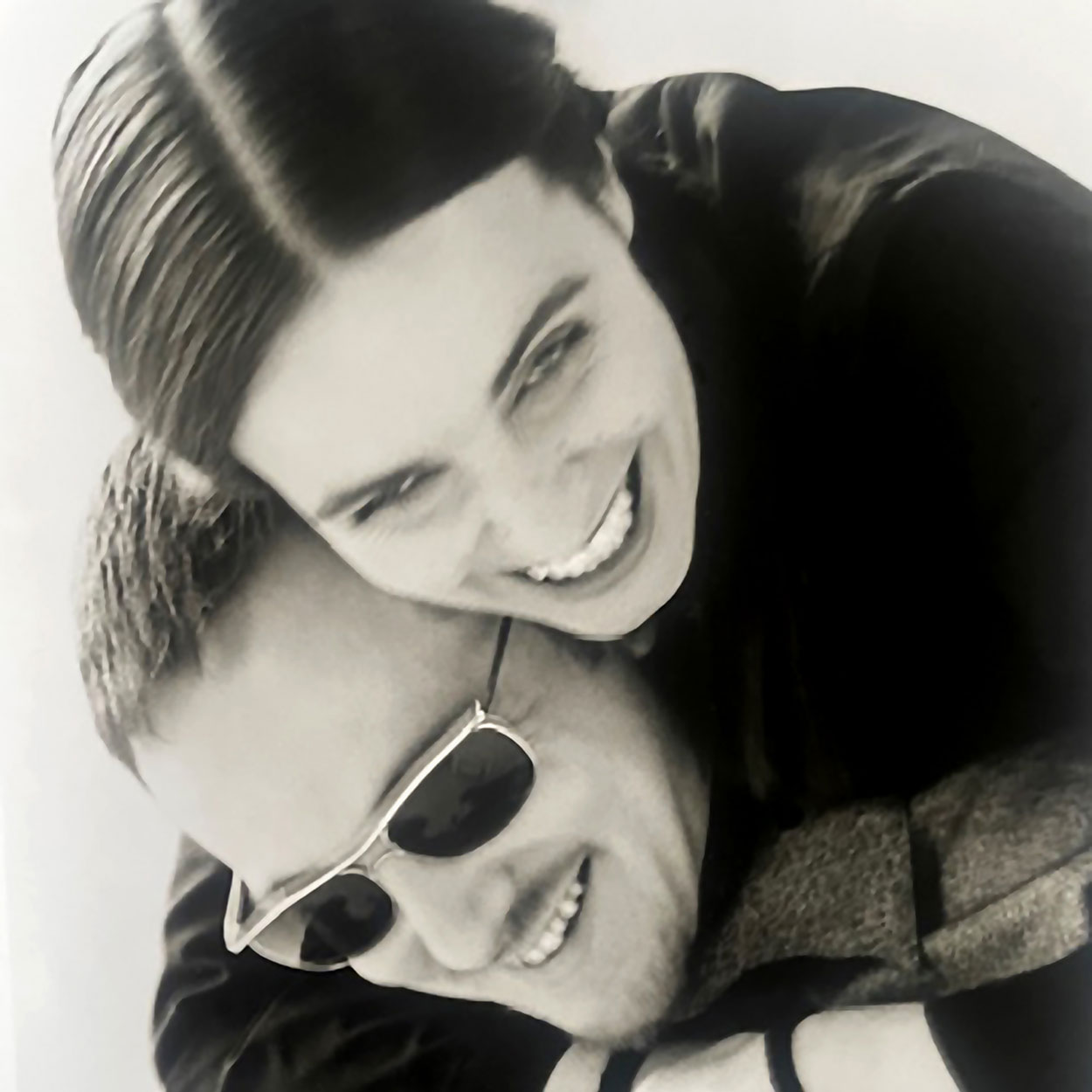
‘We’re like good cop, bad cop, but in musical terms’: Swing Out Sister talk you through their new box set
This week sees the release of Certain Shades Of Limelight, a new 8CD box set by British pop duo Swing Out Sister – Corinne Drewery and Andy Connell. Focusing on the group’s five studio albums from 1994 to 2004 – The Living Return (1994), Shapes and Patterns (1997), Filth and Dreams (1999), Somewhere In The Night (2001) and Where Our Love Grows (2004) – the collection also includes three bonus CDs of B-sides, remixes, edits and rarities, as well as new artwork by Corinne.
SDE went to visit Swing Out Sister in their East London studio, where some of the albums in the box set were written and recorded, to talk about the new compilation, and their influences and inspirations, including New York in the ‘90s, Joe Meek, Brian Wilson, Scott Walker and ‘60s spy film soundtracks.
SDE: Certain Shades of Limelight is the follow-up box set to Blue Mood, Breakout and Beyond, which came out on Cherry Red in 2022. Did the first collection do well?
Corinne Drewery: I think it did well, but we don’t tend to take much notice. If enough people said they liked it, that’s good enough for us.
If Cherry Red want to put out another one, then that must mean it did okay… It’s good for us, as it makes us sort our records out and we get a chance to listen to a body of work. I don’t know where half of the things are, as we gave them away to people, or they might be in a box in our studio, or at Andy’s house in Manchester, or in my cellar or attic – they’re all scattered around. Once you’ve made a record, you don’t tend to keep everything filed alphabetically. Some people do, but we don’t… (laughs).
Has it been fun putting the box set together? Was it a labour of love?
Andy Connell: I think the artwork and the general direction of it has been a labour of love on Corinne’s part, but in terms of the music there hasn’t been all that much labour involved – it’s just been a case of ‘these are the tracks…’ We checked them for quality, but it does itself really.
Have you done any remastering?
Andy: No – it’s true to the originals. I’m never honestly sure about remastering. What are you going to do? Make it a bit louder? For what? There’s a guy called Malcolm Sired who helps us a lot – he’s a big fan and he’s been great at sourcing various mixes, especially on the last two discs – we didn’t have access to those tracks, and we didn’t know some of them even existed.
Corinne: We had to track a few of the obscure tracks down, but we haven’t gone and found old demos that are on cassettes because the quality would be rubbish. If people really want those, we’d probably have to put them out as a bootleg. We might have the first demo I ever did with Andy somewhere, but would I want anyone to hear it? Not really.
How was it revisiting the albums that are in the box set?
Corinne: You think you know them because they come from the very inner depths of your soul, but it’s quite interesting to have stood back from some of them for 30 odd years and to think, ‘Wow, where did that come from and did we really create this stuff?’
I was trying to think back to our circumstances and what we were doing. I could talk you through each album, but that might get a bit too clinical…
It was interesting and quite emotional to listen to all these things where we had delved so deep… Those were kind of our wilderness years – when we were making those albums, we didn’t really know who was going to put them out.
Was there anything that surprised you when you listened back to the music?
Andy: I think it was a surprise how coherent it was as a body of work, if you want to call it that. But I think the thing for me is… when you get to a certain age, you discuss your life and the narrative of your life that emerges. At the time it was chaos. You were always in the midst of something… ‘Is that going to happen, is that not going to happen?’
To hear however many hours it is – six or seven from a decade of your life, and a very important one in our lives… To hear that documented was much more powerful than I thought – it was a moving experience. I don’t think we spend a lot of time looking at the things that we’ve done – we’re not retrospective in that sense.
So, let’s delve into the box set. The first CD that’s included is your 1994 album, The Living Return, which you recorded with the UK producer, Ray Hayden, rather than your regular collaborator, Paul Stavely O’Duffy. Your label at the time, Mercury Records, was keen for you to work with an American producer, but it didn’t work out, did it?
Andy: The UK record company’s interest was waning, but the American one was interested, as the audience there had a little bit more longevity, so we were torn between the two. The American company had more enthusiasm, but that would soon dissipate with the making of the record (laughs).
Corinne: Actually, I don’t think it was with this one… The Living Return has different fans in different places…
Andy: Okay – so I was being slightly tongue-in-cheek…
Corinne: It was the next one that really put the nail in there…
Andy: So, if you look at the arc of the whole thing… It’s basically been a struggle between which record company is showing any interest at all at any given moment. With the later records, the Japanese companies took over a bit, but with The Living Return the record company very much wanted a different producer – we never really understood why, but I think they wanted to shape it a bit more in their direction, which failed massively.
Ahead of making The Living Return, you went to New York for a trip that combined songwriting with a holiday, and you stayed at the legendary Mayflower Hotel. How was New York in ’94?
Corinne: It was wild – we were going out most of the time and venturing down to Alphabet City before it was gentrified. I’d heard of a club called Sapphire, so we went traipsing there – it was snowing… there was a blizzard, and people were saying, ‘Don’t go out, you’ll get frostbite!’
We didn’t really know our way around and we were wondering if we’d ever get back, but we found this little hole-in-the-wall club, behind some corrugated iron. As soon as we walked in, somebody started playing ‘Am I The Same Girl’; they had recognised us – we had a friend and a fan there. That was Bill Coleman, who was DJing, and he ended up being our club promoter.
When we were staying at the Mayflower, Robert De Niro was there too, and I got in a lift with Sean Penn. I also climbed onto his or De Niro’s balcony – unbeknown to them or me. We were staying on the side of the hotel, but if you went to the front, you could see Central Park. It was quite high up… I climbed over the balcony – it was about 35 floors up… There was an adjoining floor with a little railing, and I wanted to see Central Park. I wondered who was staying on that side, and I peered into the room, which had gym equipment in it, but then I went down in the lift…
You wrote some of the songs for The Living Return in New York, didn’t you?
Andy: We did.
Corinne: We conceived them – I wouldn’t say we quite finished them…
Andy: That album was a band thing… It was the only one where we thought, ‘let’s get the band to play…’
So, you were coming up with grooves in the studio and making songs out of those?
Andy: Yeah – we’d never done that before, so I think it worked well as an exercise but, of course, we went back to not doing that afterwards.
Did being in New York shape the sound of the album?
Andy: I think so, but not quite in the way you might have anticipated. When we were in New York, it was the Brooklyn Funk Essentials, and there was a kind of R&B and hip-hop thing going on it. It was harder than the record that came out, and when we came back, Ray Hayden had very much ‘the London sound’ – he had the Martine Girault record, ‘Revival.’ It was a melting pot, and I think the record company were excited that we could somehow get involved in that, but we didn’t – we went sideways…
In the interview that’s in the booklet that accompanies the box set, you say that you can hear Sly Stone in some of the tracks on The Living Return…
Andy: Only in hindsight – I can hear the little horn parts and a sort of insistence…
The opening song, ‘Better Make It Better’ has a smooth and funky, yet sultry, groove, with strings and flute…
Andy: It’s probably the most ‘Ray’ track on the album – there’s a lot of him in it.
It was released as a single in the UK and the US, but it didn’t chart, did it?
Corinne: DJs liked it, and people who ran clubs knew it.
How did the album fare?
Andy: It did as well as an album would do that wasn’t a priority for the label. They weren’t pushing it, but the reviews were generally good.
So, now we’re heading to 1997 for the album Shapes and Patterns, which is one of my favourite Swing Out Sister records…
Corinne: The Living Return wasn’t quite the shiny record that Mercury America wanted, so we went back to working with Paul Stavely O’Duffy – they were happy with that because he’d done ‘Breakout.’ We were gearing Shapes and Patterns towards the Brill Building – that sunny time in America – but it went a bit sideways…
It has a retro British pop feel at times – where did you make it?
Corinne: It was made in Swan Yard Studios, which is at the bottom of Holloway Road [in North London]. That’s why there’s a reference to Joe Meek on it…
Yes. There’s a weird, short instrumental track on the album called ‘Joe Meek’s Cat,’ which I’m assuming was inspired by the story of the legendary pop producer going into a graveyard at night and recording the noises made by a cat. Meek thought the animal ‘spoke’ in a human voice…
Andy: So, you know the story…
Corinne: He was into spirits, Ouija boards and planetary stuff… We did the track because we had a bit of a Joe Meek thing going on – there was a Joe Meek Society meeting every week in a pub up the road.
Andy: I think it’s a track that’s much more fun for us than it is for the listener… There’s a lot of shit going on in it – things feeding back on each other and effects. You know – it’s the stuff you do when you’ve got too much time in the studio. It was a lot of fun and there was a lot of messing about, but that doesn’t come through on the record.
Corinne: There is probably some underlying stuff on some of the other tracks, like backwards recordings and things that have just been buried in there.
The opening song on Shapes and Patterns is ‘Somewhere In The World’, which is optimistic and sunny – it’s like strolling through a city in the summer, with a soundtrack of horns, lush strings and organ…
Andy: Yeah, it’s one of those… I wouldn’t normally go within a mile of something that’s so unashamedly positive, but sometimes you just get won over… (laughs).
Corinne: I’m contrary and if Andy wants to be a bit dark, moody and miserable then I will go full glee, joyful and happy to his melancholy. But it flips – if I go melancholy, he will be the joyful one. We’re kind of good cop, bad cop in musical terms. Funnily enough, ‘Somewhere In The World’ was written as a duet with Philip Bailey, but it didn’t work out.
Andy: He was all gung-ho – he was like, ‘let’s make this happen…’ We had this song that was like Earth, Wind & Fire, with positive vibes, and we’d written a falsetto part for him, but in the time that he took him to get to the studio, he’d decided he wanted to showcase a lower register… We were like, ‘OK – that’s not going to work…’ He wouldn’t be Philip Bailey, basically…
Corinne: So, we were in the vocal booth when he was saying this, and I had to sing his part – I was shaking… He’s said, ‘Are you OK?’ and I said, ‘No – not really…’ It was totally out of my range because it was meant for him to sing.
We tried it out, but it wouldn’t have worked – it wouldn’t have been exuberant, but it was an exuberant song… Philip was lovely – we’d met him when we were touring The Living Return in America and we’d even talked about writing songs with him, but it’s that transatlantic thing…When you’re British and you’ve loved American music and been inspired by it, you tend to do a British version of it – you put your own take on it. But if you go to America, and try and do it with Americans, it sort of cancels it out – it unravels and it’s not the same. So that’s why we didn’t end up working with American producers.
‘Here and Now’ from Shapes and Patterns has a rich ‘60s pop feel, with a bit of Dusty Springfield, The Walker Brothers /Scott Walker and Burt Bacharach…
Corinne: Oh, you’re saying all the right things…
Andy: I hear Jackie Trent – I wasn’t at the time, but I do now. That’s my favourite song on the album because it’s so ambitious – almost stupidly so – but it somehow works. Paul [Stavely O’Duffy] is a huge Scott Walker fan – anytime he could put massive reverb on something… That’s Paul paying attention to it.
‘Icy Cold As Winter’ stands out because it’s more experimental and moodier than the rest of Shapes and Patterns – it has a haunting, magical and cinematic feel. It’s like Ryuichi Sakamoto meets Brian Wilson…
Corinne: I think ‘Good Vibrations’ is what woke my ears and eyes up to music – Brian Wilson’s harmonies. Paul was a big Beach Boys fan and Andy loves the harmonies. We were experimenting on ‘Icy Cold As Winter’ and we just unwound on it – it just seemed to happen… It just came out without even trying.
Andy: The end part is certainly Brian Wilson, with tinkly bells and big strings coming in… The box set lets you see things that you didn’t know were unfolding – it seems that with every album, the last track we did for it is a precursor to the album that follows it. ‘Icy Cold As Winter’ feels like it should be on the next album.
And that record was 1999’s Filth and Dreams…
Andy: Yes – that one takes up where Shapes and Patterns left off…
Filth and Dreams was just you two, guitarist Tim Cansfield and Paul Stavely O’Duffy, wasn’t it?
Andy: It was mainly just us and Paul. Tim came in and did a little bit of guitar after the event – he was the only person who came into the room with the three of us in a year.
Corinne: We all grew beards… (laughs).
That album is much darker and more intimate than Shapes and Patterns – it feels edgier and it’s more electronic. It’s a weird record…
Andy: It is – there’s some stuff on there that I love in a ‘what the hell is that?’ kind of way. I don’t know where it came from – there’s a lot of arpeggiated piano on it. I was listening to Richard Rodney Bennett, who did the soundtrack for Billion Dollar Brain – it’s ‘60s British spy movie music. There’s an awful lot of that being referenced, but at the same time also a nice potpourri of things – it’s got a darkness to it.
‘If I Had The Heart’ is intoxicating…
Andy: I feel the same way about it.
Corinne: We were striving for something a bit different, but, at the same time, we didn’t have anyone popping in, and overseeing us. We didn’t really know where it was going, so I think we were in a bit of a dark place.
Andy: It feels like an experiment in isolation – if you took three people and put them in a place for a year, what would happen? That album is where the lines blurred – we just became one thing and none of us were thinking about the record company. That’s the point where it changed – we weren’t doing things for an audience. We stopped pretending to write pop songs and we were keeping ourselves entertained – it was like we’d been left unattended…
You worked with Paul Stavely O’Duffy on the next album, Somewhere Deep In The Night, which is a very dramatic and cinematic record. ‘Through The Sky’ sounds like it should be played over the opening credits of a ‘60s romantic thriller set in the Alps – it reminds me of the film Charade…
Andy: Exactly – that’s all you need to write about it… Bands always talk about having a ‘cinematic’ sound, and I can’t take it seriously – I hate hearing us say it too – but the point of all the music we’ve ever done is that it accompanies visual imagery.
Before you made Somewhere Deep In The Night, you and Paul went on a skiing trip to Chamonix, didn’t you?
Andy: Yes – that was important. All three of us skied down a mountain at midnight, when there was a full moon – we were up high, and we skied through the clouds. It was astonishing.
Corinne: And it was terrifying…
Andy: When the three of us came back, we knew exactly what the record would sound like…
Corinne: It captured the fear of the unknown. Somewhere Deep In The Night was an exploration – we were learning stuff about ourselves musically and emotionally. A few people we loved left this world while we were recording it, and we came to the conclusion we could either stop and have time to go and grieve or we could put it in the music. We could’ve wallowed in it, but we turned it into a positive thing that was bigger than us – I think it kind of took control of us.
The title track of the album is stunning – filmic jazz meets Bacharach and Fifth Dimension, with a vocal ensemble and velvety strings…
Andy: All the various strands came together on that one – when I listen back to the album, it seems bigger than it was. I hear some of the arrangements and think, ‘How did we do that?’
Corinne: With a lot of the albums in the box set, our imagination ran riot – and it was all created in this room. It was when the Internet was just beginning, but we didn’t have so many distractions, like phones, so we’d just sit here in the studio and get completely lost in our minds.
Andy: That’s true – you could pick any one of the albums and we would hear the smallness of our surroundings while we were making it, and the hugeness of the final product. I saw an interview about Brian Wilson in which someone said, ‘Brian never went to the beach…’
He made the sound of a life that he didn’t have, and I think that’s very much the case with us. We sit in this room, and we imagine various worlds – we’re not in them…
The next album, Where Our Love Grows, from 2004, was a much warmer album than its predecessor…
Andy: I don’t know why that was… I don’t think we were in that much of a better place… (laughs).
Corinne: We’re just contrary – how much more melancholy or sad could we get? The pendulum swings the other way…
The title track is very optimistic – a sophisticated and soulful pop song…
Andy: It’s a soulful pop song in an alternate universe – it’s not a soulful pop song that anybody would’ve made at that time. That’s the thing with this box set – I can really hear us drifting away from the mainstream.
Does it feel like Swing Out Sister has existed in a parallel universe some of the time?
Andy: I don’t think we have – I think we’ve made our own. As we’ve been more and more left to our own devices, our imaginary world has become more expansive. We’ve drawn in the details, and we believe it now.
You’ve always done your own thing rather than jump on the bandwagon, haven’t you?
Andy: We’ve tried but we’ve never been able to get on the bandwagon…
That’s not necessarily a bad thing…
Andy: No, it’s not, in hindsight. We just became too isolated, and we didn’t know where the bandwagon was.
Corinne: I think we’ve always been a little bit at odds with what’s going on around us, but we quite like that.
Thanks to Swing Out Sister who were talking to Sean Hannam for SDE. Certain Shades of Limelight is released by Cherry Pop on 18 July 2025.
Compare prices and pre-order

SWING OUT SISTER
Certain Shades of limelight - 8CD box
Tracklisting
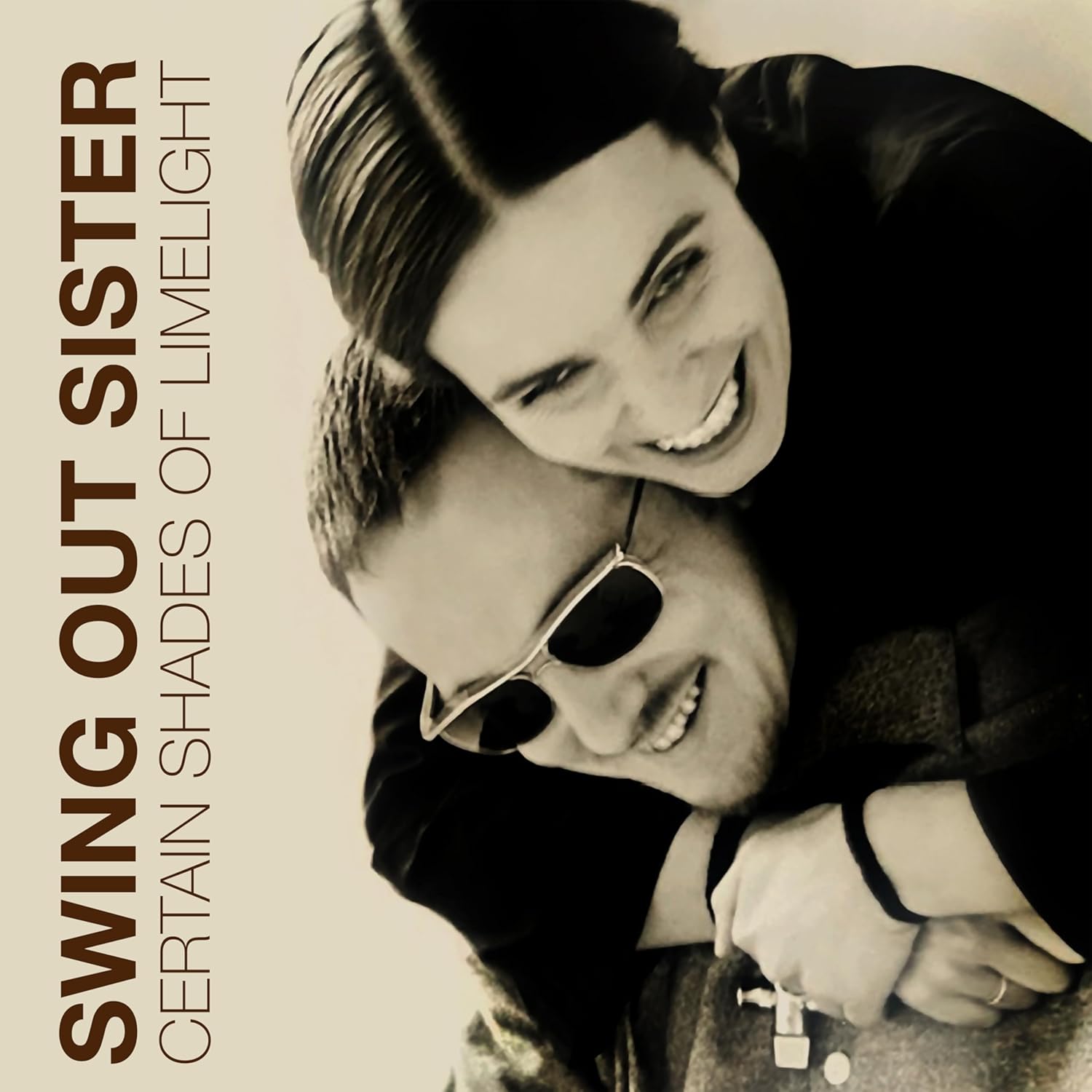
Certain Shades Of Limelight Swing Out Sister / 8CD box set
-
-
CD 1: The Living Return
- Better Make It Better
- Don’t Let Yourself Down
- Ordinary People
- Mama Didn’t Raise No Fool
- Don’t Give Up on A Good Thing
- Making The Right Move
- La La (Means I Love You)
- Feel Free
- Stop And Think It Over
- That’s The Way It Goes
- All In Your Mind
- Pesadelo Dos Autores
- Low Down Dirty Business
-
CD 2: Shapes and Patterns
- Somewhere In the World
- Here And Now
- We Could Make It Happen
- Shapes And Patterns
- Better Make It Better
- Something Out of This World
- Joe Meek’s Cat
- Stoned Soul Picnic
- You Already Know
- Always
- Now You’re Not Here
- Icy Cold as Winter
- Shapes And Patterns (Reprise)
-
CD 3: Filth And Dreams
- Who’s Been Sleeping
- Closer Than the Sun
- Sugar Free
- Filth And Dreams
- Happy When You’re High
- If I Had the Heart
- When Morning Comes
- Invisible
- World Out of Control
- Make You Stay
-
CD 4: Somewhere Deep in The Night
- Through The Sky
- Will We Find Love?
- Somewhere Deep in The Night
- The Vital Thing
- What Kind of Fool Are You?
- Suspended In Time
- Alpine Crossing
- Fool Tag
- Where The Hell Did, I Go Wrong?
- Non E Vero Ma Ci Credo
- Touch Me Now
- The Vital Thing-Take B
- Where Do I Go?
- Now Listen to Me
-
CD 5: Where Our Love Grows
- Love Won’t Let You Down
- Where Our Love Grows
- When The Laughter Is Over
- Certain Shades of Limelight
- From My Window
- Caipirinha
- Where Our Love Grows (A Cappella)
- Let The Stars Shine
- We’ll Find a Place
- Happy Ending
- La Source
- Love Won’t Let You Down (More Love)
-
CD 6: The Big Elsewhere
- Now You’re Not Here – Vocal Mix
- Now You’re Not Here – Daddy Macks Back
- Now You’re Not Here – Da-Li-Da
- Now You’re Not Here – So Low
- Now You’re Not Here – Water and Water
- Now You’re Not Here – Desolate Shores
- Now You’re Not Here – Deep Siesta
- Now You’re Not Here – Instrumental
- Now You’re Not Here – TV Mix
- Now You’re Not Here – Cool Mix
- Now You’re Not Here – Original Karaoke
- Now You’re Not Here – Passion Fruit Mix
- Now You’re Not Here – Original Single Mix
-
CD 7: Excursions and Versions
- La La (Means I Love You) – Self Anointing Version
- La La (Means I Love You) – U.S. Mix with Flute
- La La (Means I Love You) – UK Edit W/Guitar Solo
- La La (Means I Love You) – U.S. Mix with Trumpet
- Better Make It Better – Eastside Connection
- Better Make It Better – Ten Men Mix
- Better Make It Better – Acappella Mix
- Heaven Only Knows – Little Piece of Heaven Mix
- Heaven Only Knows – Too Much Heaven Mix
- Somewhere In the World – Circle & Square Mix
- Somewhere In the World – Instrumental
- Somewhere In the World – Original Karaoke
- We Could Make It Happen – Instrumental
- We Could Make It Happen – Original Karaoke
- We Could Make It Happen – What’s Happening Mix
-
CD 8: More excursions and versions
- Who’s Been Sleeping – Parabolica Mix
- Alpine Crossing – Gravallax Mix
- Alpine Crossing – A Cappella Mix
- Alpine Crossing – Extended Mix
- Waters Of March – Single
- La La (Means I Love You) – Edit
- Better Make It Better – Edit
- Better Make It Better – Radio Edit
- Better Make It Better – Edi
- Ordinary People – Edit
- Mama Didn’t Raise No Fool – Edit
- Making The Right Move – Edit
- Stop And Think It Over – Edit
- All In Your Mind – Edit
- Through The Sky – Single Edit
- Somewhere Deep in The Night – Radio Edit
- Love Won’t Let You Down – Radio Edit
-
CD 1: The Living Return
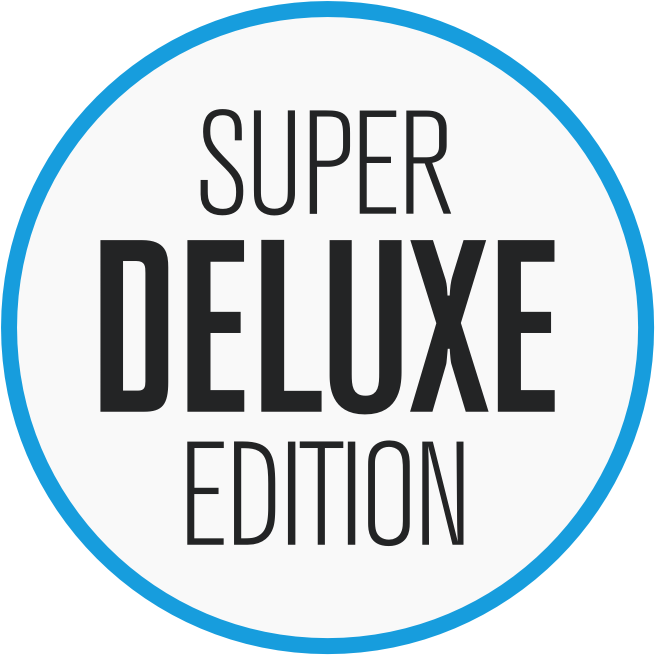
 Interview
Interview
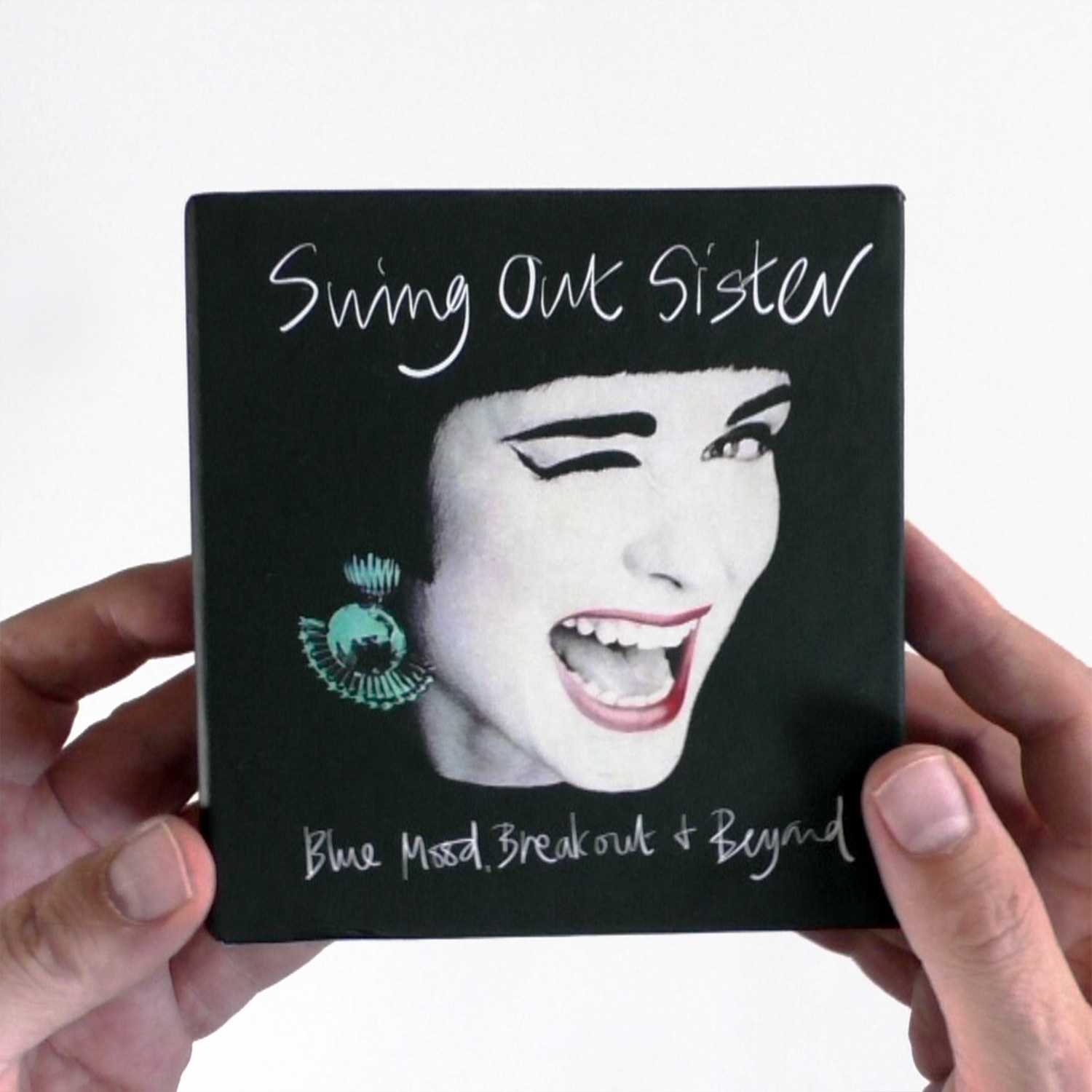
 SDEtv
SDEtv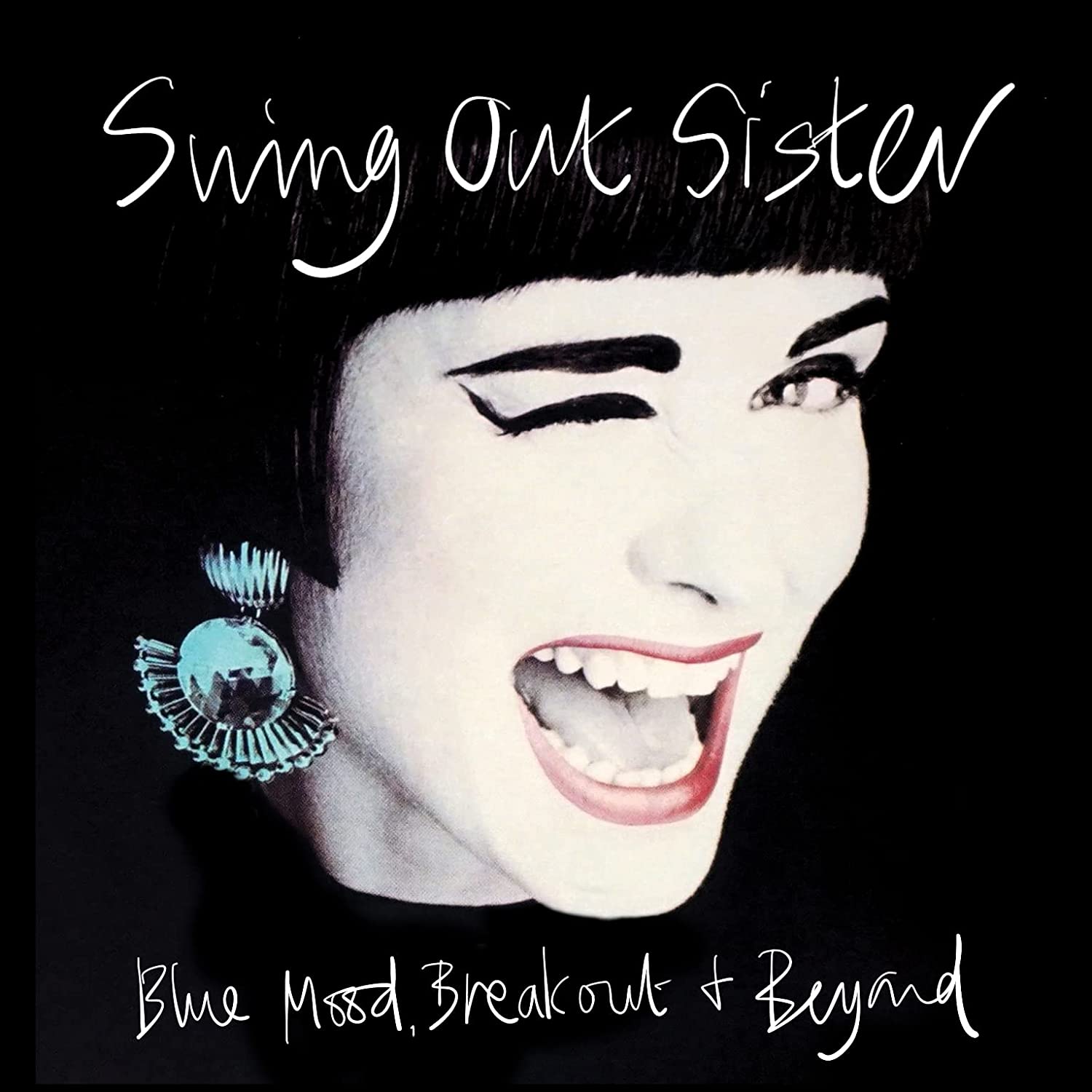

By Sean Hannam
12